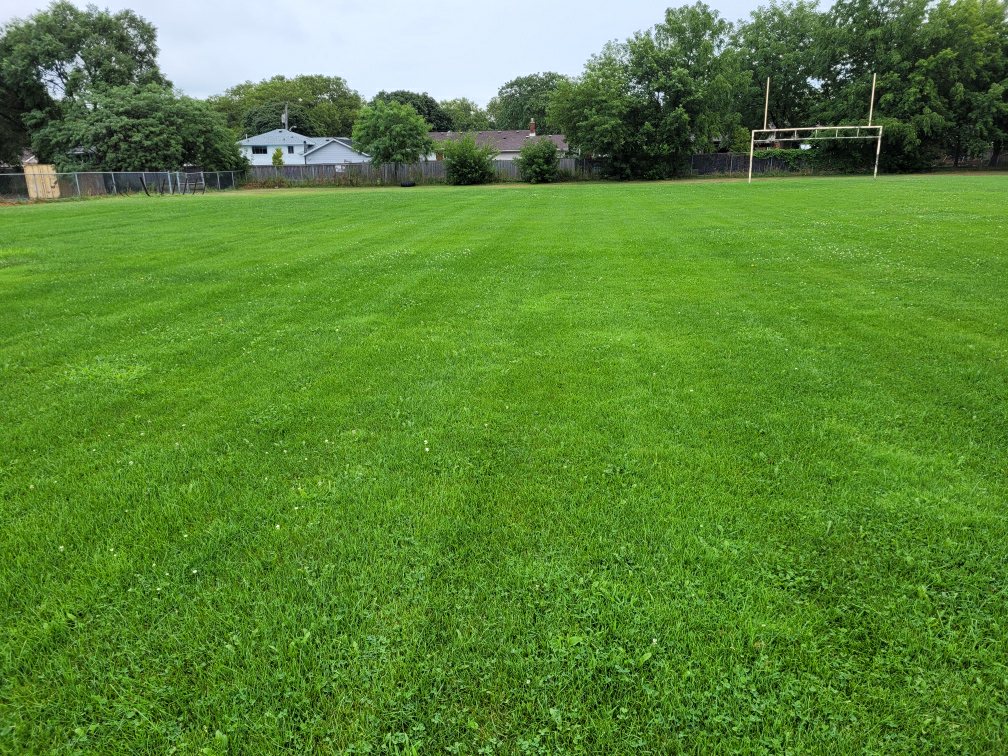As cities and towns across North America continue to build new sports fields, the question of whether to use natural grass or artificial turf becomes increasingly important. While artificial turf has its advantages, there are several compelling reasons to maintain grass fields.
One major advantage of natural grass fields is their ability to absorb and filter water, which reduces runoff and helps prevent flooding. This is particularly important in areas prone to heavy rainfall, as artificial turf can contribute to localized flooding. Grass fields also reduce the urban heat island effect, as they are able to absorb and dissipate heat more effectively than artificial turf.
Another important benefit of grass fields is their ability to support soil biology and biodiversity. Grasses help support a wide range of insects, birds, and other wildlife, and healthy soil microbiota are essential for maintaining soil fertility and health. In contrast, artificial turf can be a sterile environment that supports very little life.
Despite these benefits, some argue that artificial turf is more practical and cost-effective. While it’s true that artificial turf requires less maintenance than grass fields, the costs of installation, repair, and replacement can add up quickly. Additionally, there are concerns about the safety of artificial turf, particularly in terms of player injuries.
A study published in the American Journal of Sports Medicine found that high school football players who played on artificial turf had a higher rate of lower extremity injuries than those who played on natural grass. Another study found that artificial turf can cause abrasions and burns, leading to a condition known as “turf burn.”
Finally, there are environmental concerns associated with artificial turf. Many types of artificial turf contain chemicals known as per- and polyfluoroalkyl substances (PFAS), which have been linked to a range of health problems. Additionally, artificial turf is often made from petroleum-based products that are not biodegradable and contribute to greenhouse gas emissions.
In conclusion, while artificial turf has its advantages, the benefits of maintaining natural grass fields are significant. From reducing flooding to supporting soil health and biodiversity, grass fields are essential for maintaining healthy ecosystems and communities. As we continue to build new sports fields, let’s prioritize natural grass fields over artificial turf for the long-term health and well-being of our communities and planet.

References:
- Thomsen, N., et al. (2021). Lower extremity injury rates increase on artificial turf compared with natural grass in high school football players. The American Journal of Sports Medicine, 49(8), 2082-2092.
- Larkin, K. A., & Dawson, B. (2017). The acute physiological and performance effects of synthetic versus natural turf in elite soccer players. Journal of Science and Medicine in Sport, 20(12), 1131-1136.
- Birkhahn, R. H., et al. (2019). An environmental hazard assessment of recycled tire crumb used as infill in synthetic turf fields. Environmental Science & Technology, 53(12), 6721-6730.